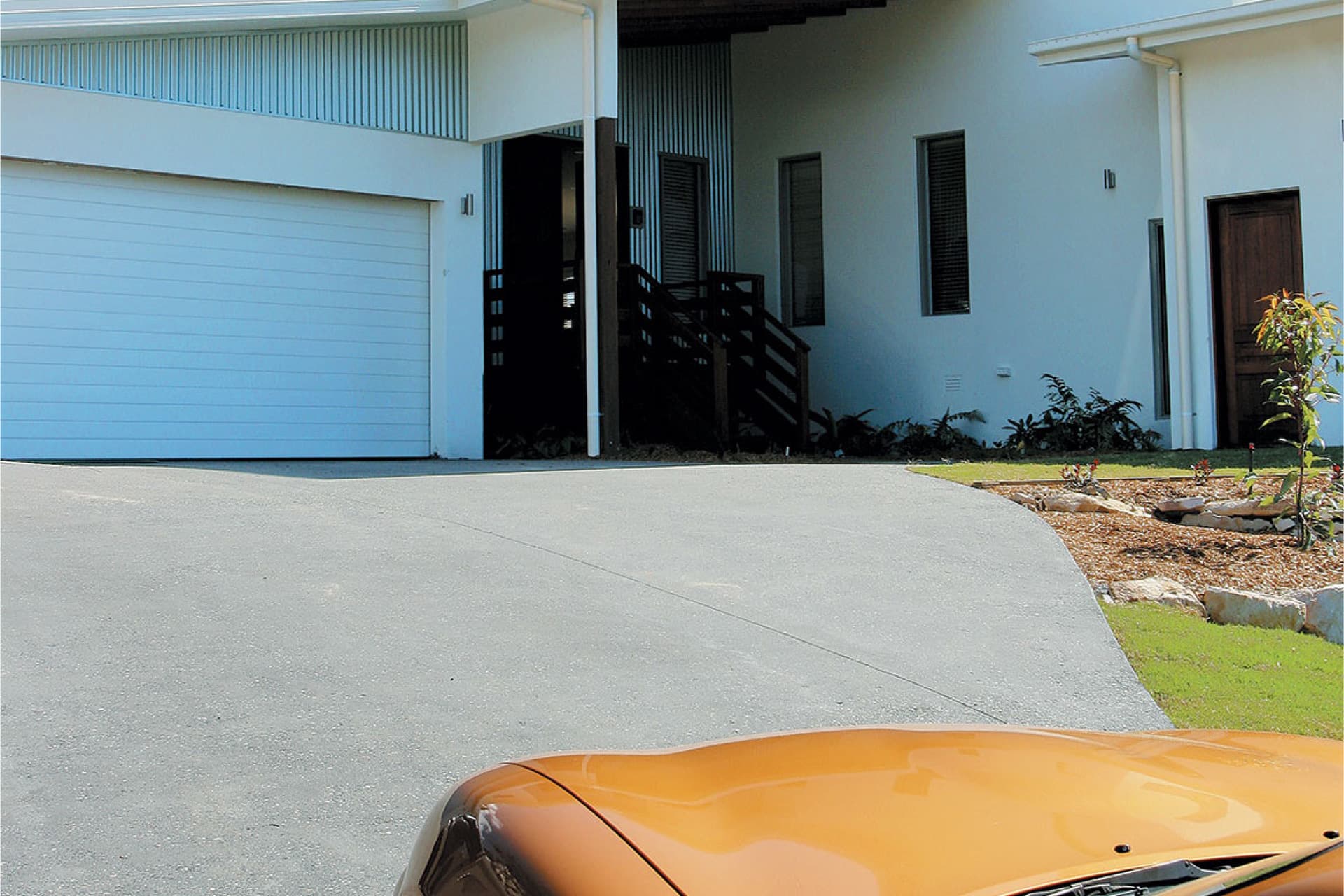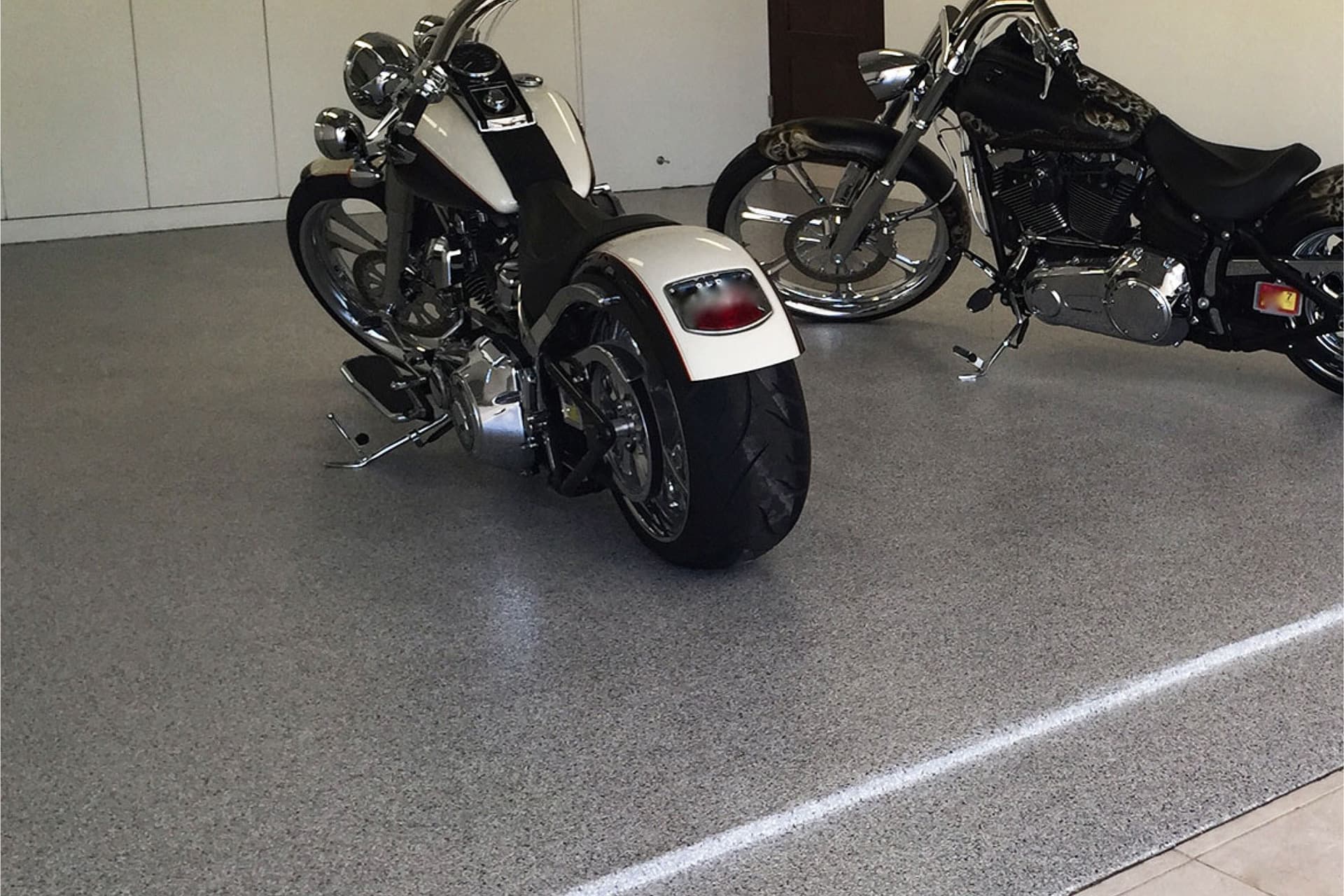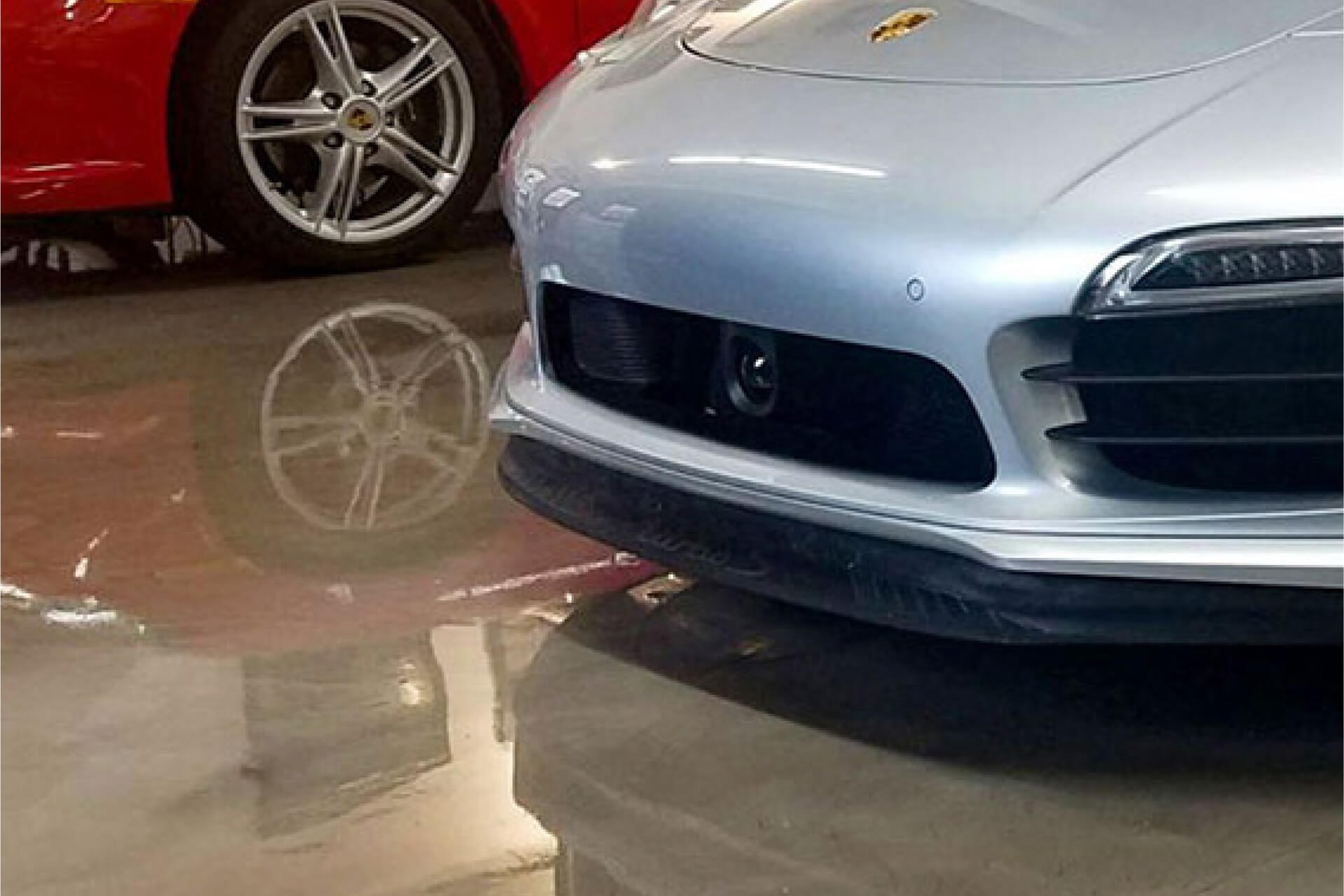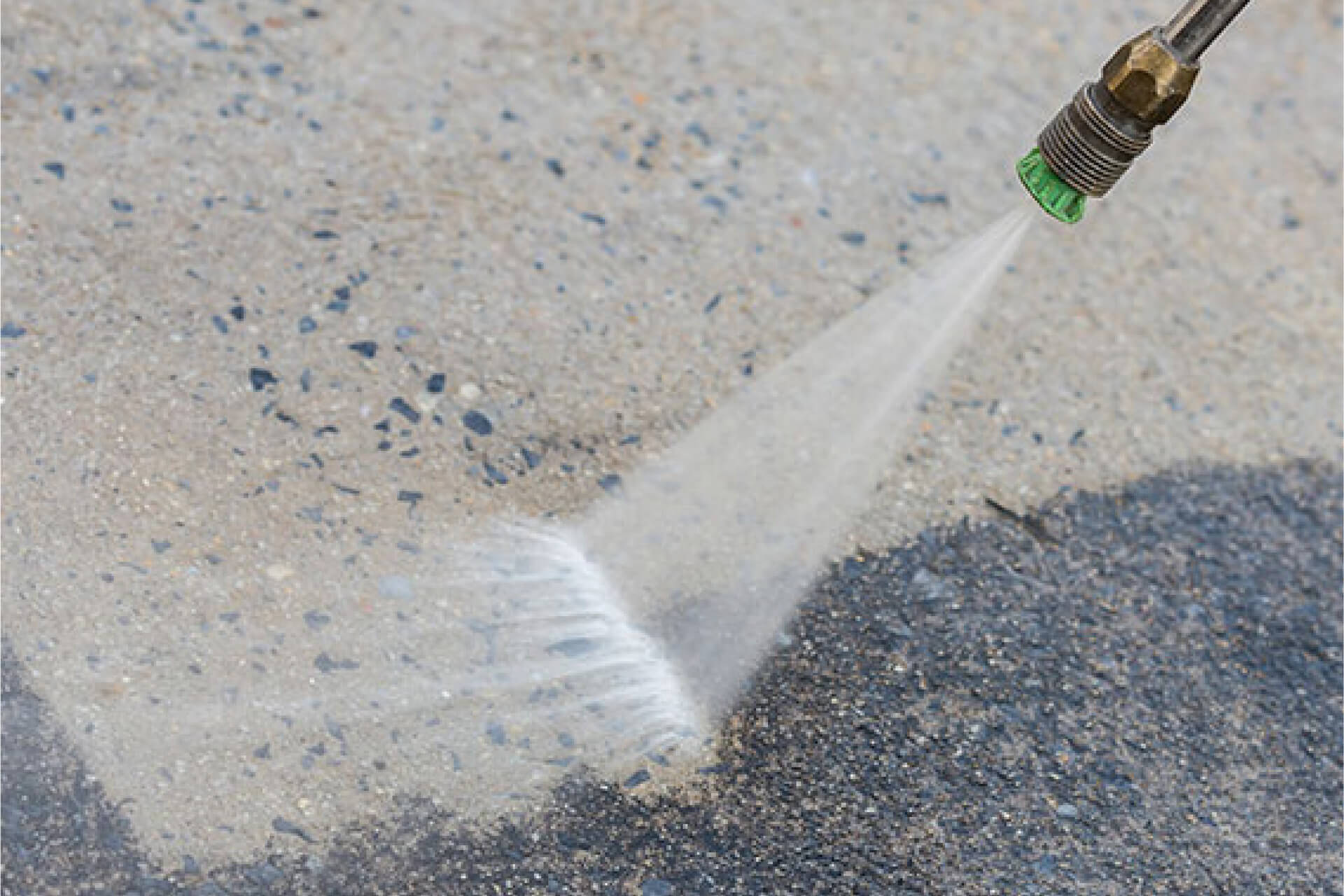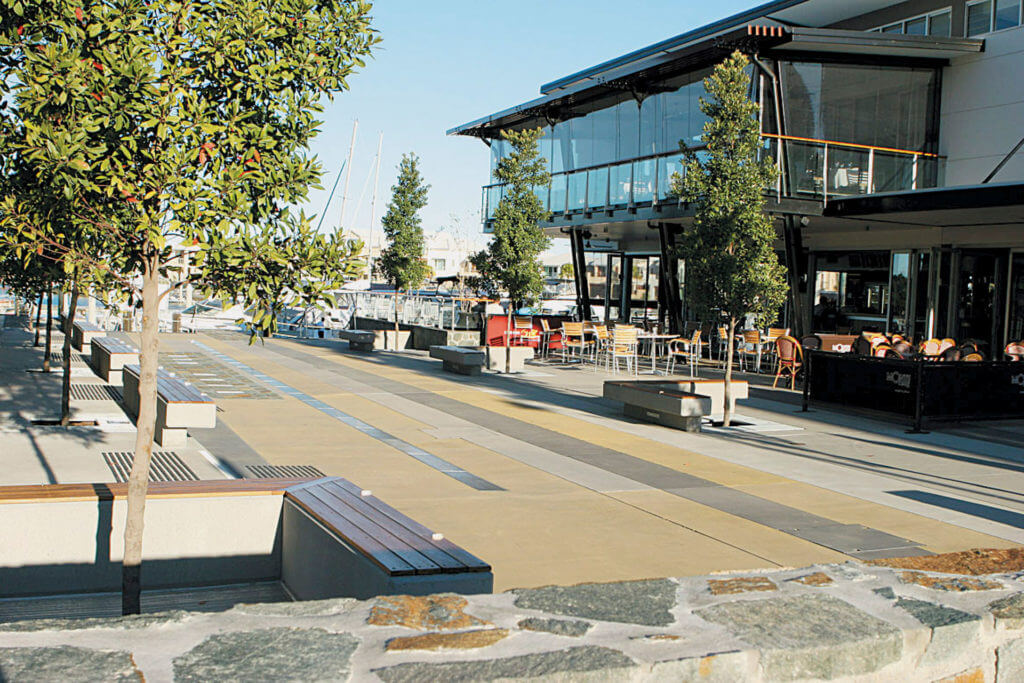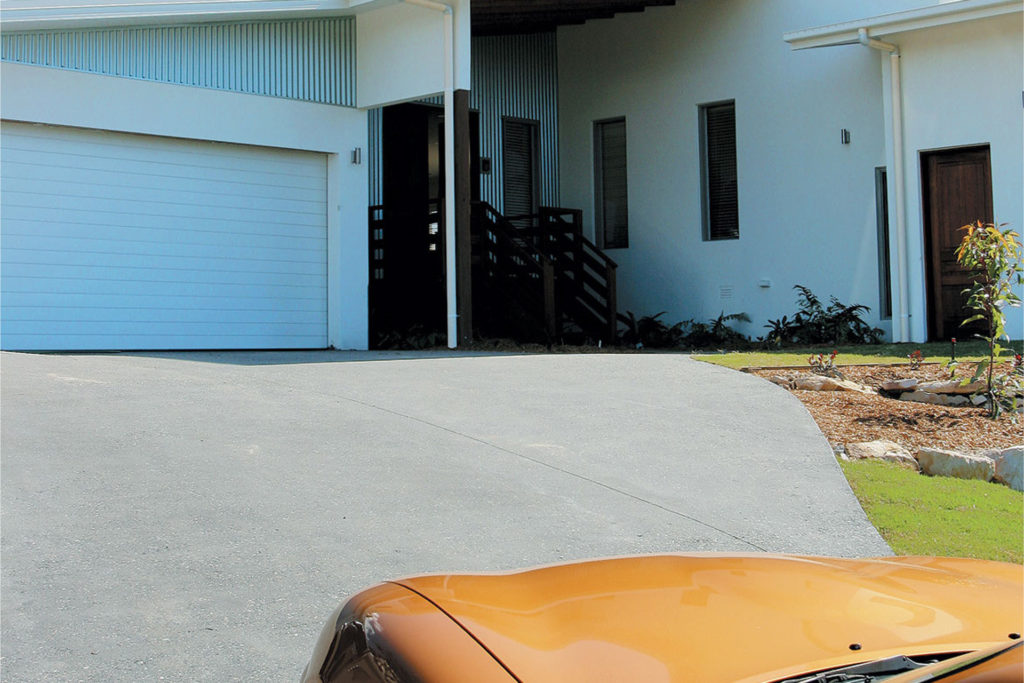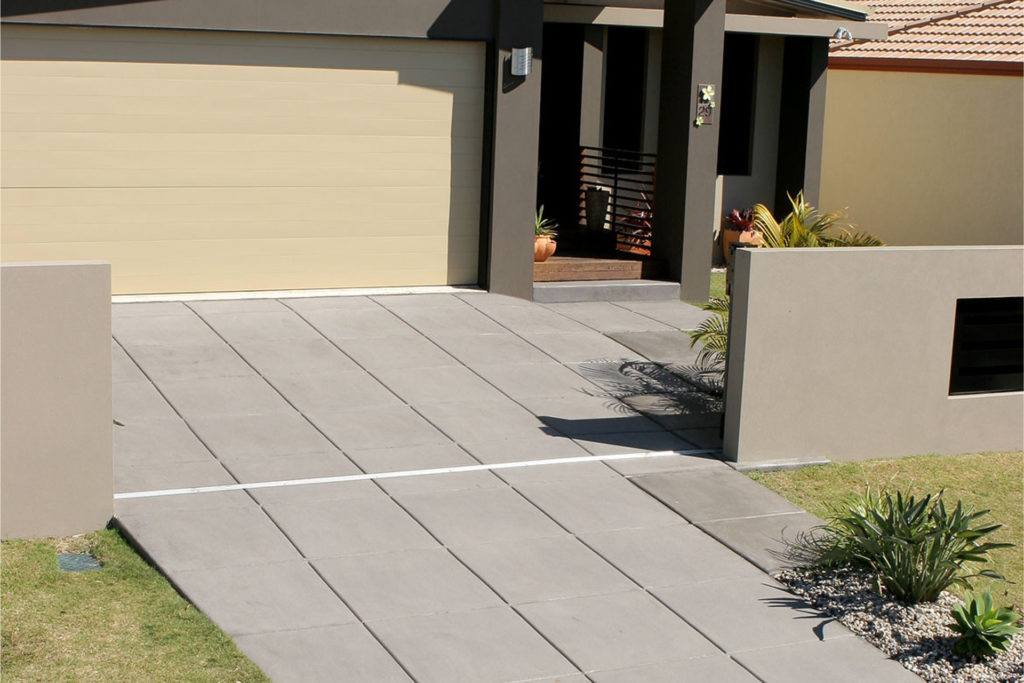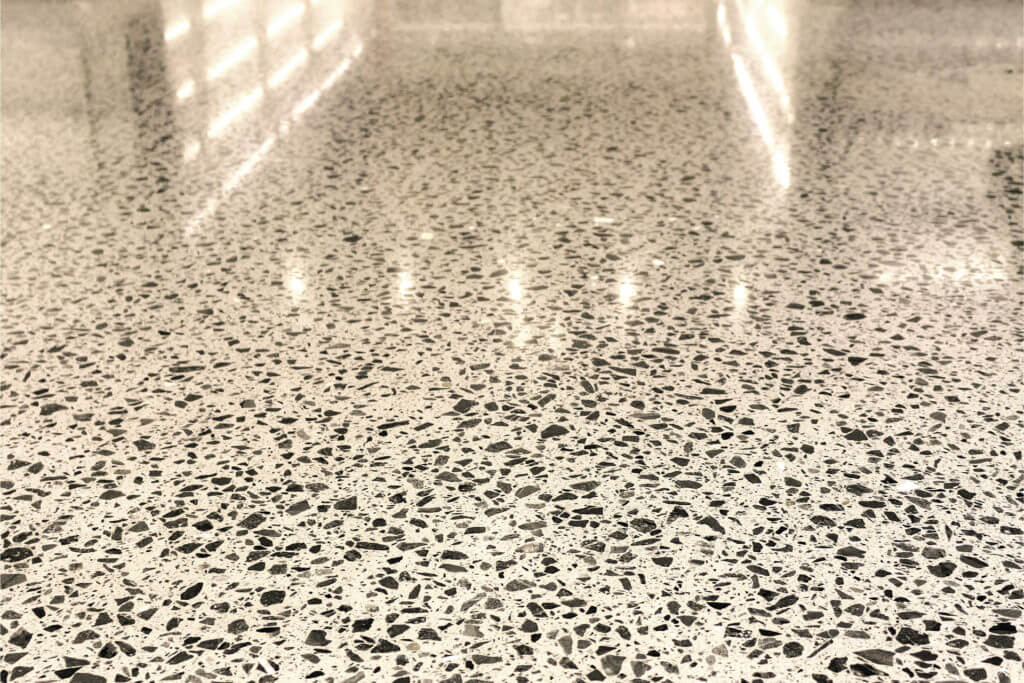Hot tyre pick-up is an issue that can cause stress and frustration to both the applicator and the customer. However, it can be largely avoided with an understanding of the cause and additional preparation of the surface. The two factors that generally cause the issue are broken down below and when considered as key points to the success of the job will absolutely make a difference.
Poor bonding of the coating to the concrete surface.
Tyre rubber contains paraffin and when hot tyres are parked on a concrete surface such as a garage floor, the paraffin is released and migrates into the open capillaries of the concrete leaving a barrier. This barrier is similar to a wax coating being ground into the pores of the concrete every time the hot tyres are parked on the concrete. This coating builds up and leaves a glossy finish, not just within the pores of the concrete but also on the surface. This problem is usually accentuated by expensive high performance and low profile tyres which contain more of these materials that embed themselves into the uncoated garage floor. The issue is easy to recognise; you will be able to easily see four very defined darker and very shiny spots where the tyres usually sit when the vehicle is parked. To confirm the issue rub your hand over these shiny, smooth areas and note how smooth they are, then rub your hand over other parts of the concrete and note the difference in the texture of the surface. Then get a glass of water and place some droplets onto the four shiny spots and watch how the water beads up and just remains on the surface. Do the same thing on the other areas of the concrete and watch how the water absorbs into the concrete after a few minutes.
The physical action of hot tyres on surface coatings.
Since air is a gas, it expands when heated and contracts when cooled therefore when driving, heat is generated causing higher temperatures and expansion of air in the tyre which leads to the tyre size slightly increasing. Once the vehicle is parked the tyre begins to cool and shrink back to its original size. When this occurs, the now contracting tyre grabs at the coating and pulls it from the surface.
Prevention
Prevention is all about better preparation and taking the time to check as you go. If a coating has bonded correctly to the concrete it is highly unlikely that it will delaminate. Hot tyre pick-up has been seen to occur even after grinding. That’s why we recommend applying a water based degreaser and hot water solution as described below prior to grinding so that the wax is emulsified and lifted from the pores of the concrete. Likewise, conducting a basic water test before the application of any coatings to ensure that the surface is open.
To help prevent the annoying issue of hot tyre pick-up, we recommend the following preparation be undertaken.
1. Thoroughly clean and degrease the entire surface paying close attention to the areas where the tyres constantly pass over and sit when the vehicle is parked.
- Combine a high pH water-based cleaning compound (i.e. CCS HD Degreaser) and hot water.
- Apply to the surface and leave for a few minutes to enable the solution to emulsify any contaminants then scrub aggressively using a hard bristle deck scrub.
- Rinse thoroughly to ensure that all cleaning compound residue is removed.
2. Once the above steps are completed and the concrete is completely dry, grind the concrete surface back to the profile required.
3. Conduct a water absorption test by placing small amounts of water (size of a 20cent coin) in various areas, particularly where the tyres come to rest. If the water sits on the surface for more than 30 to 40 seconds, the surface requires further abrasion to ensure good bonding of the coatings.
By following the above steps, it is easy to prevent hot tyre-pick up on the coated concrete surface.
If you have any questions about this issue, speak with our technical support team via email or phone.

